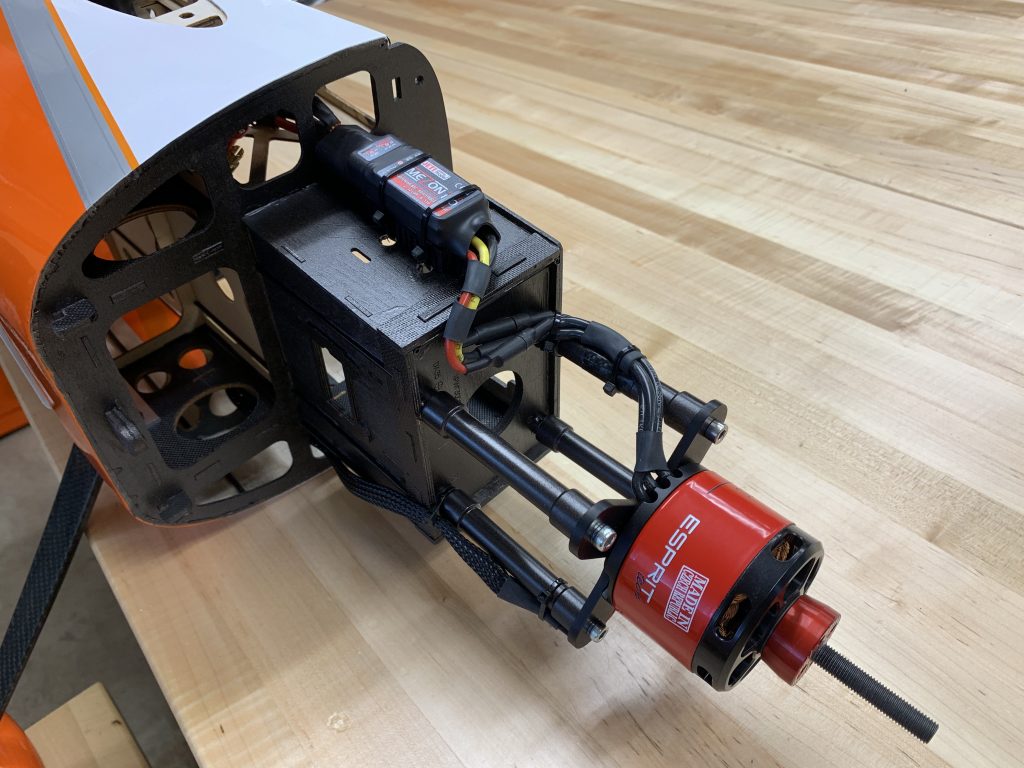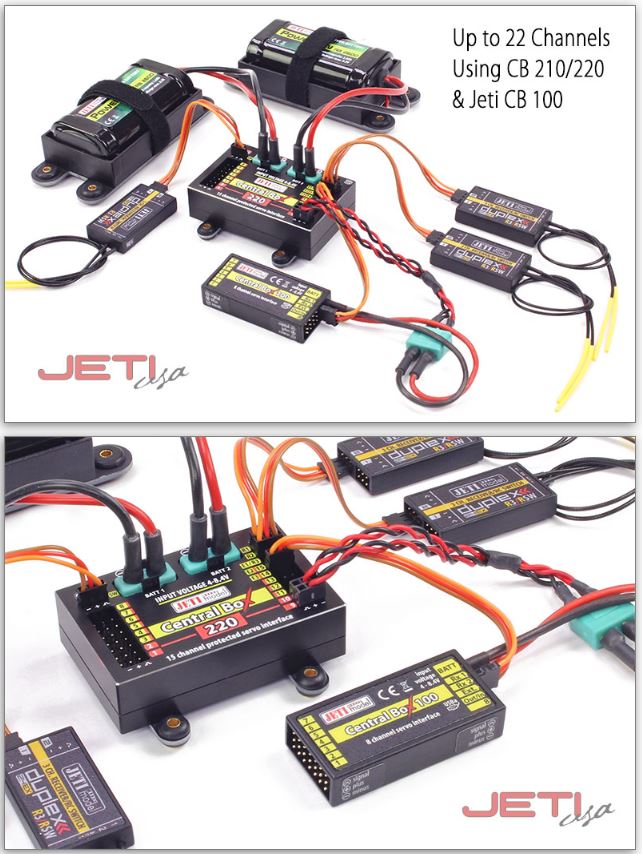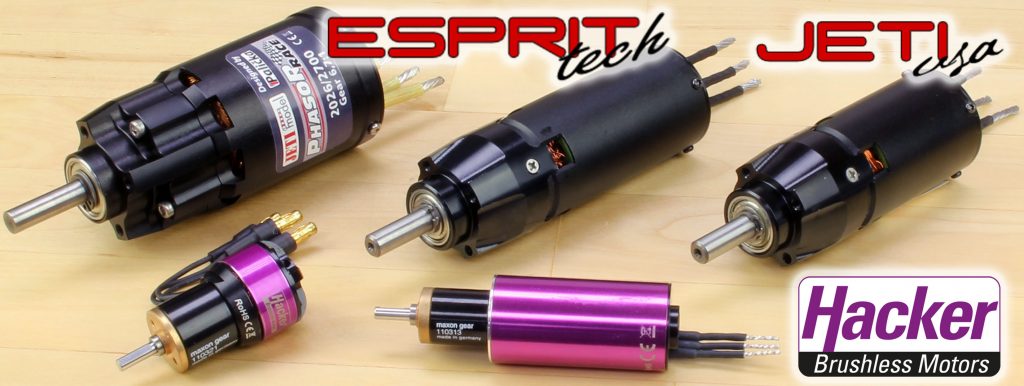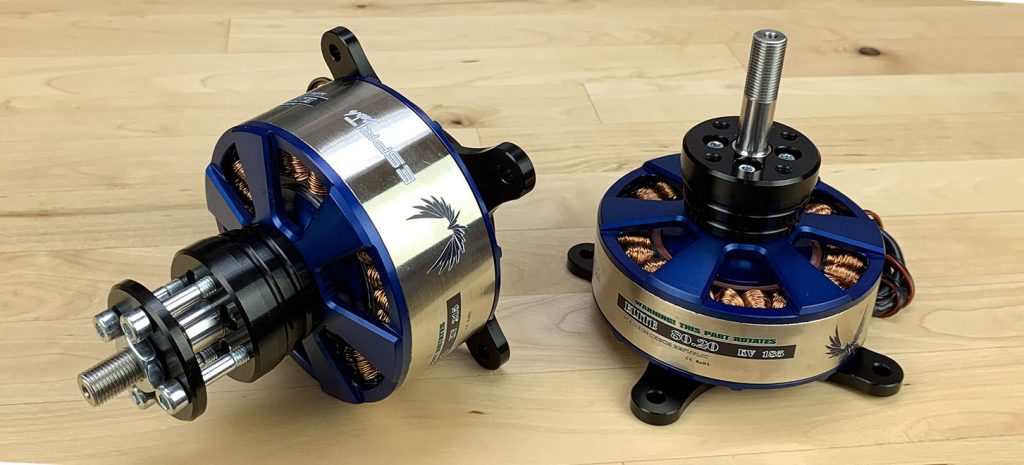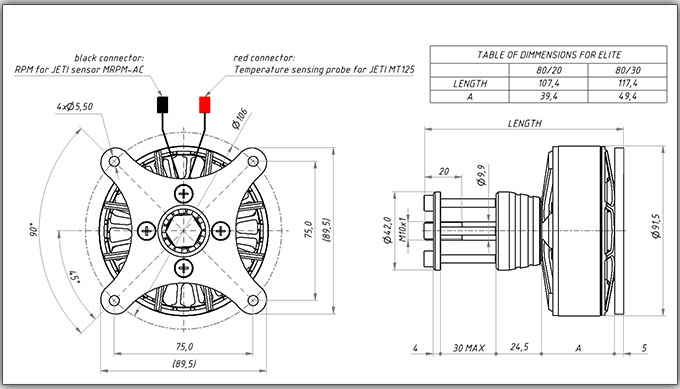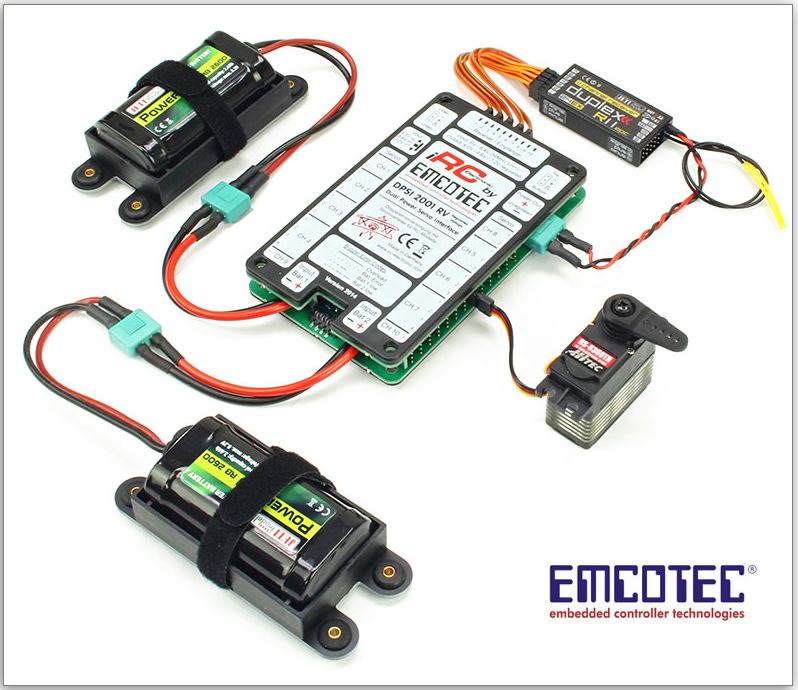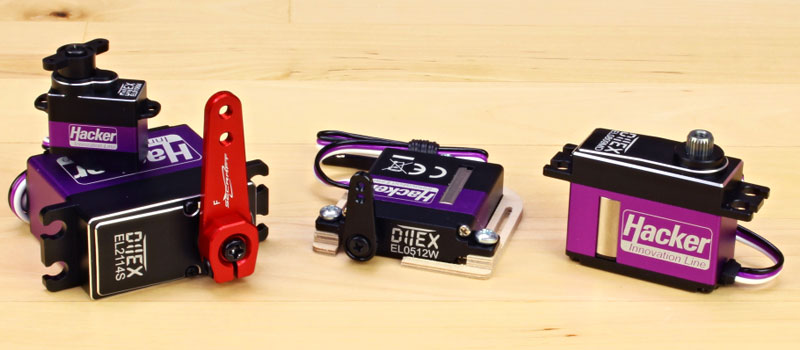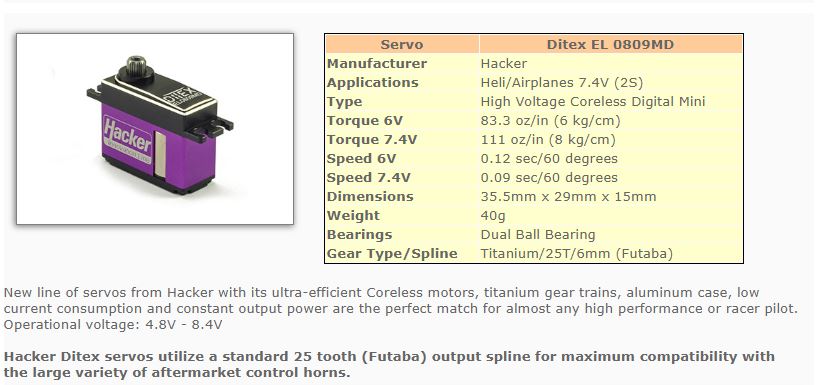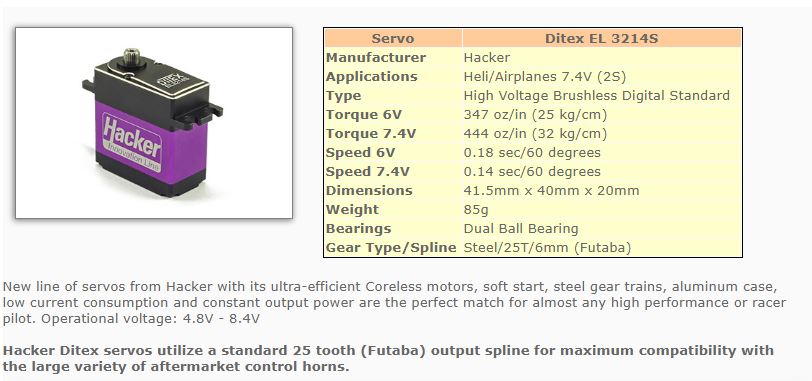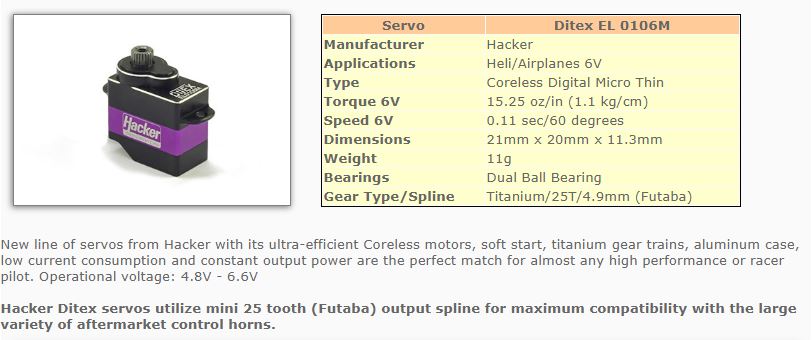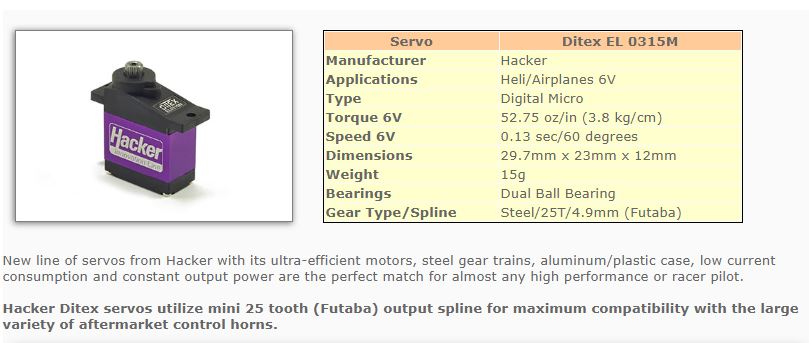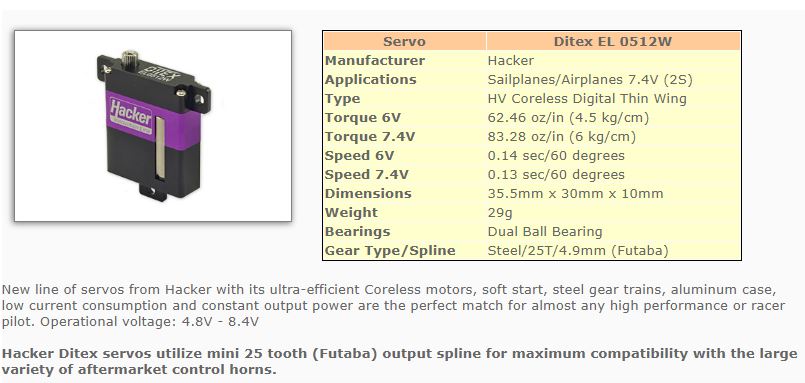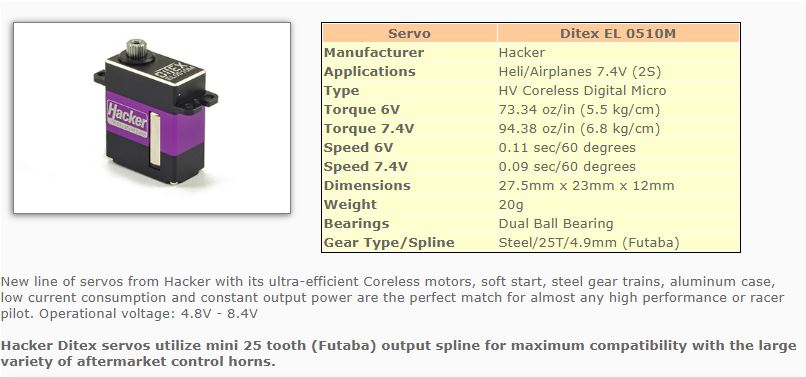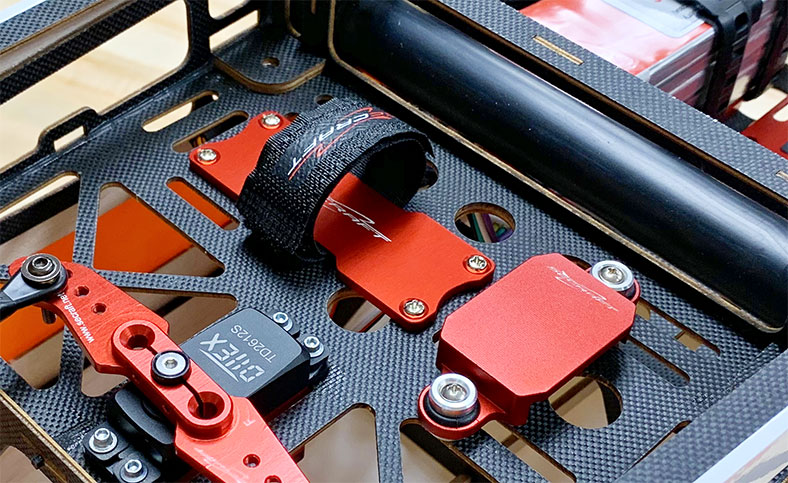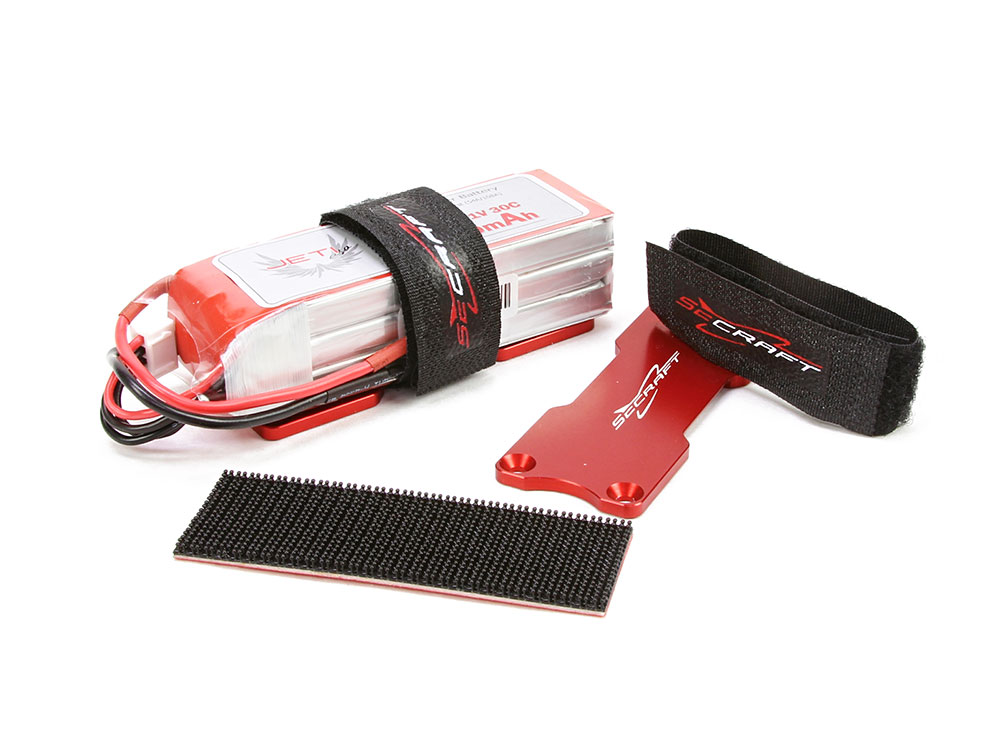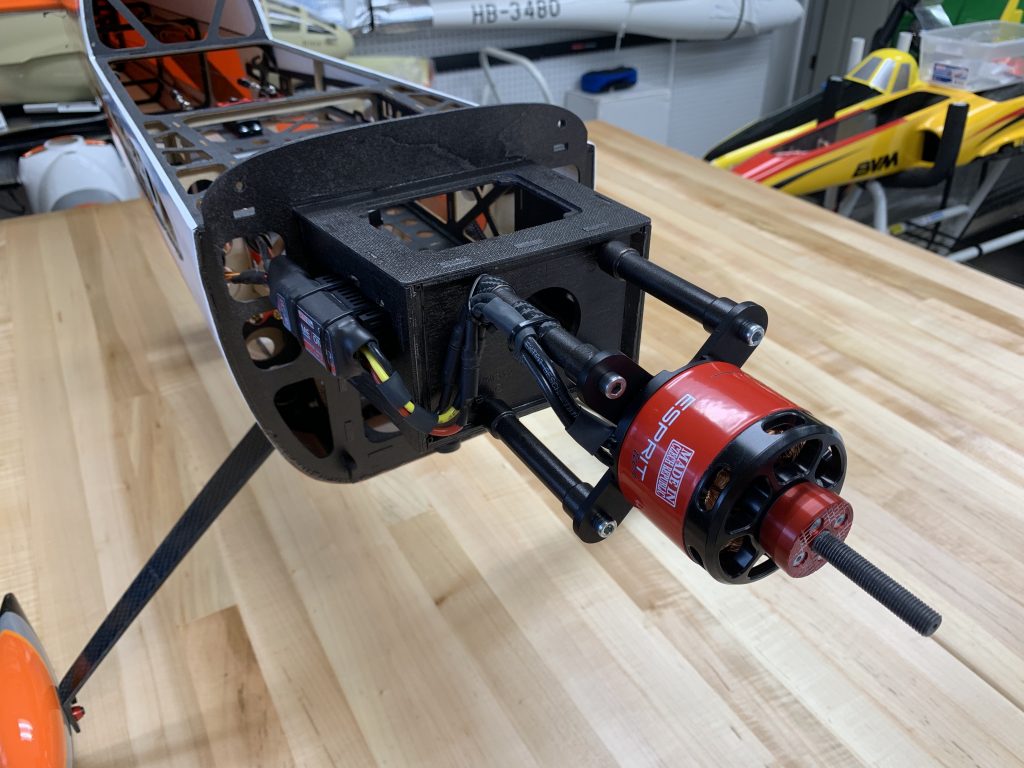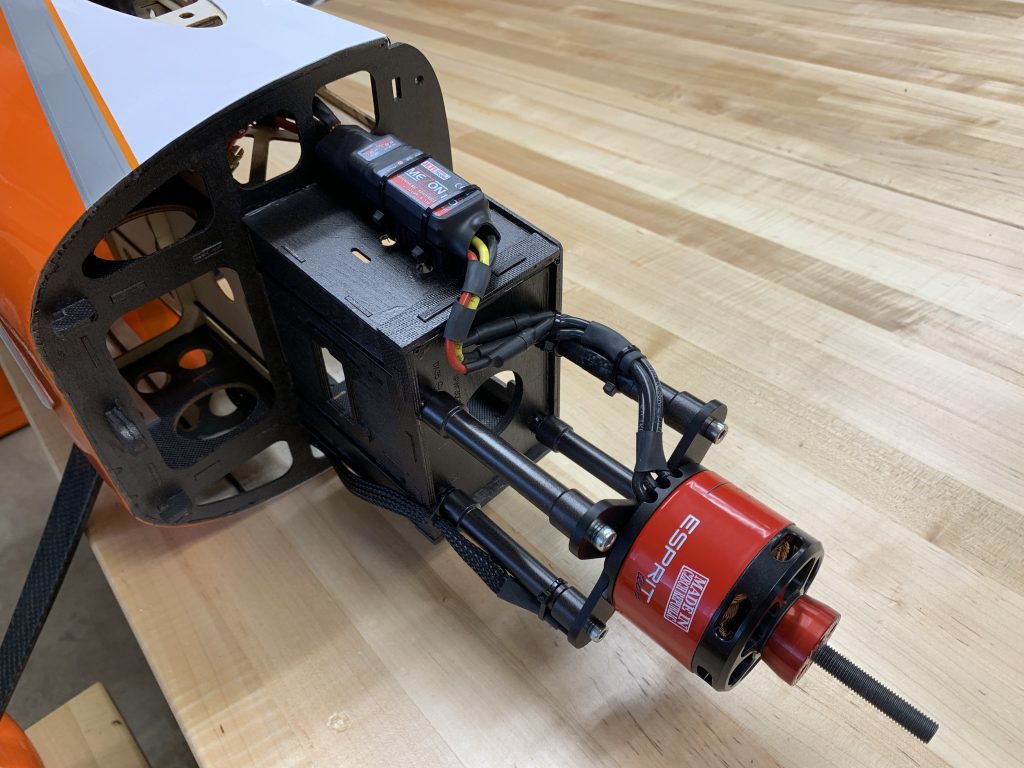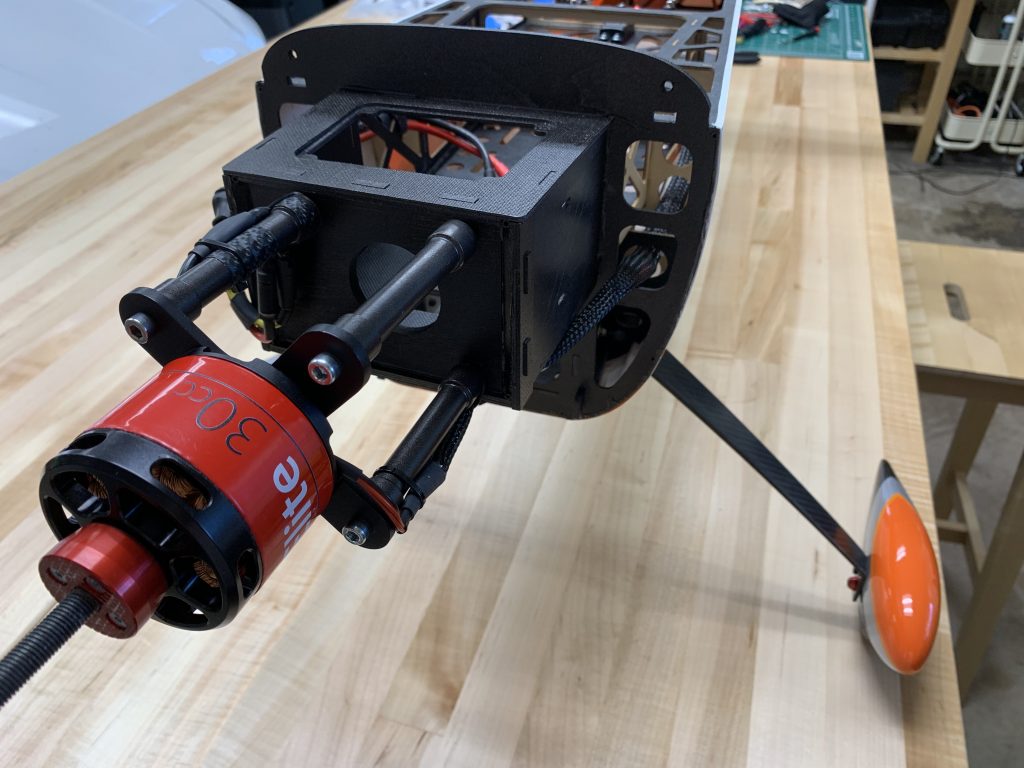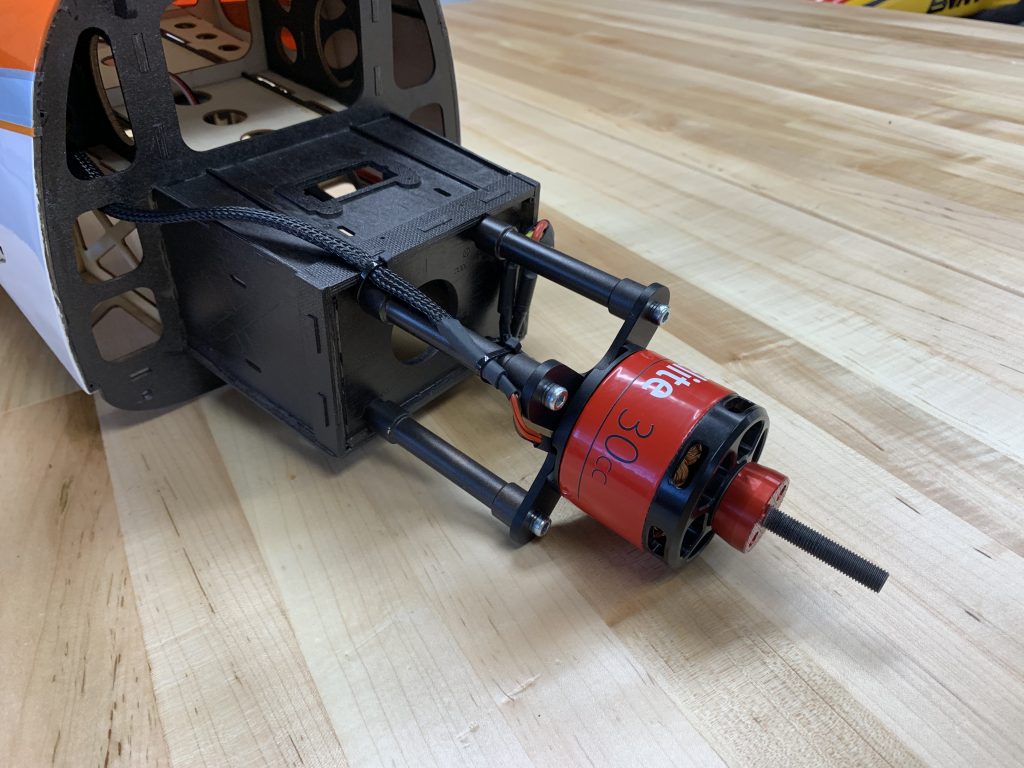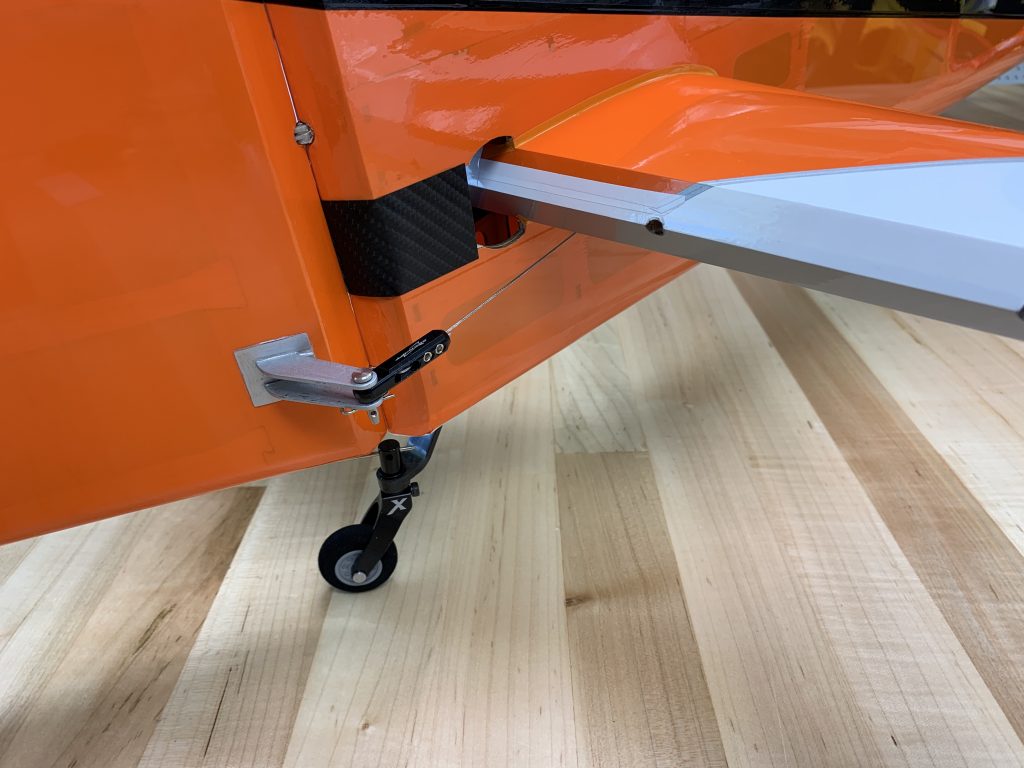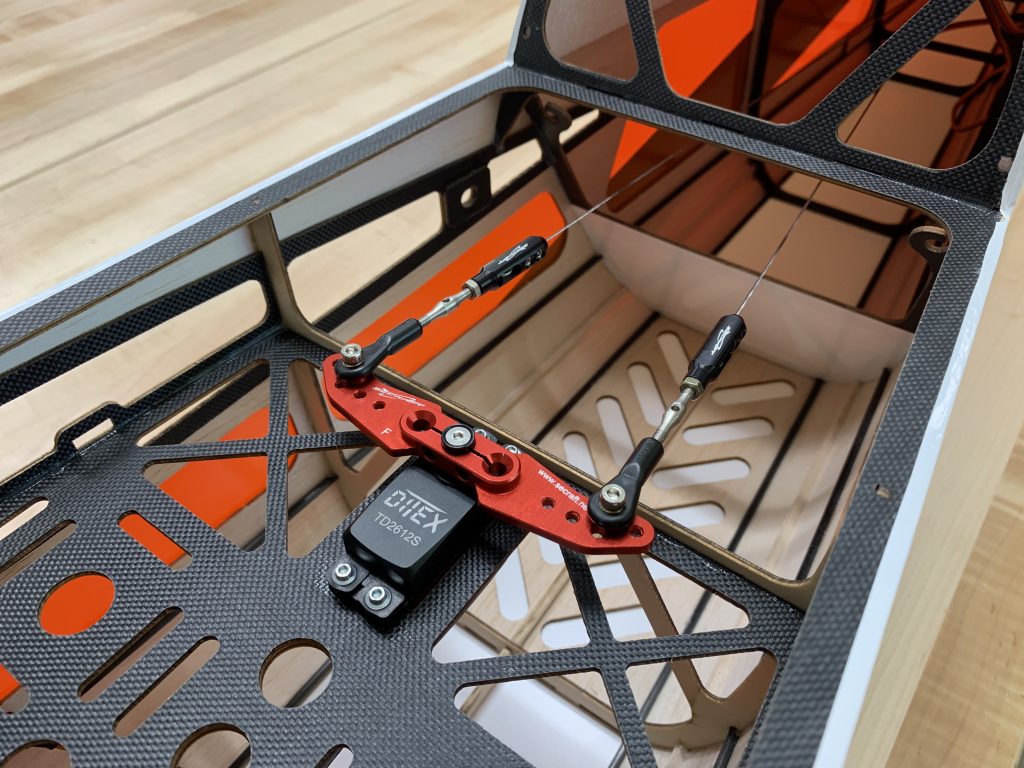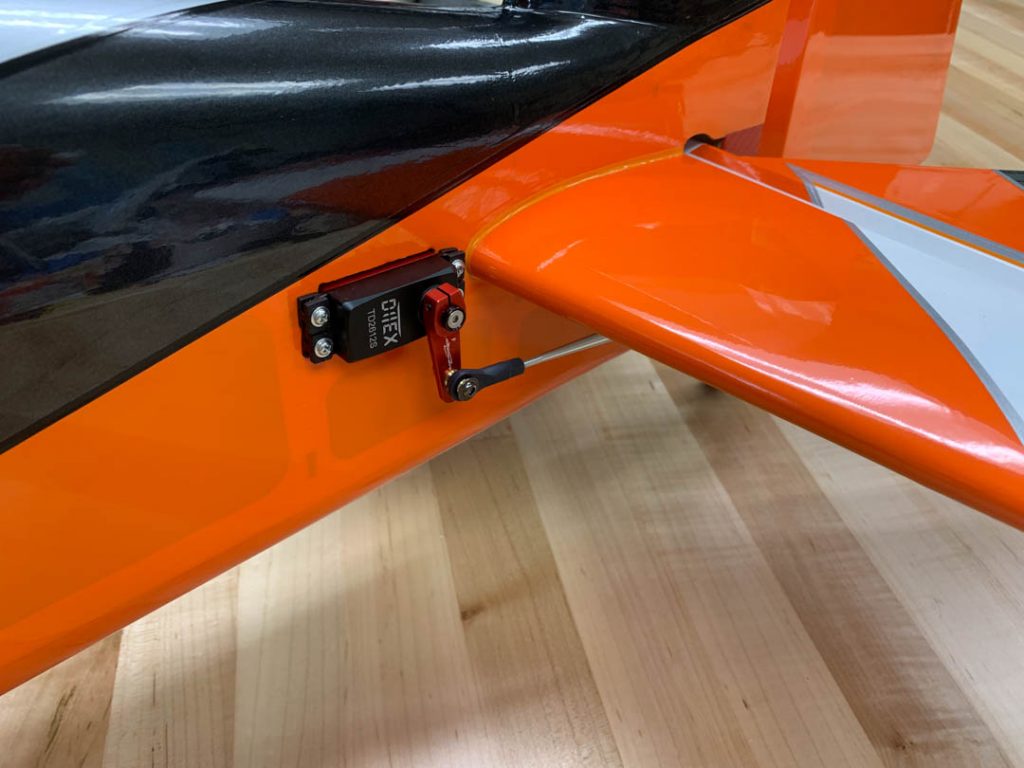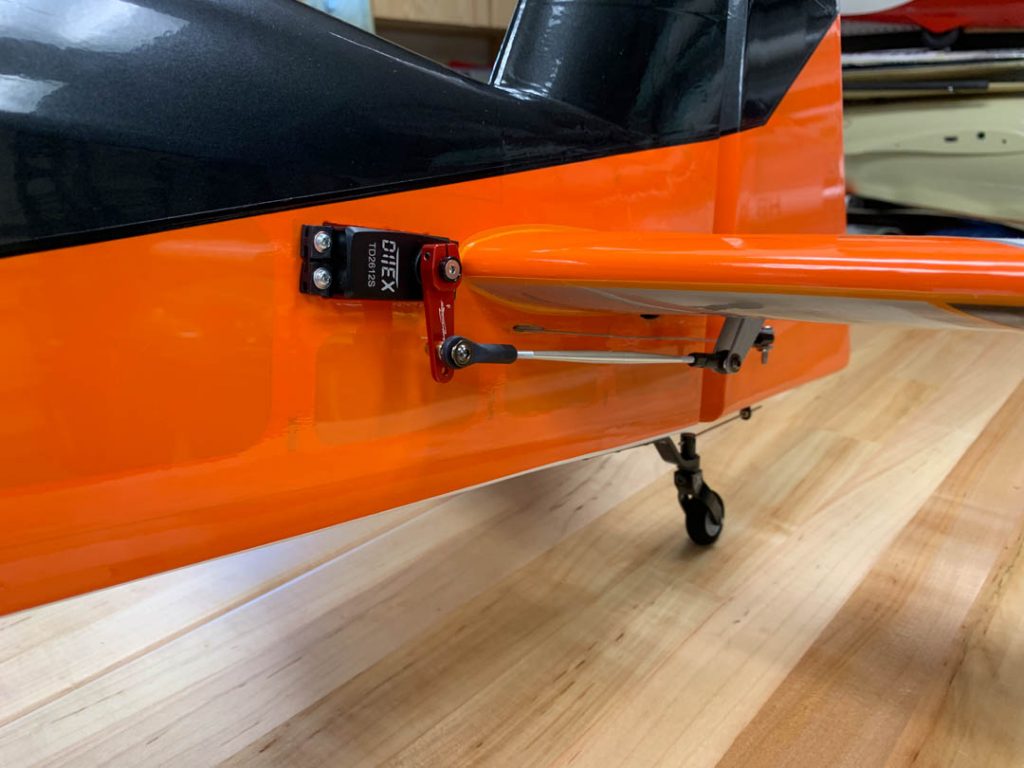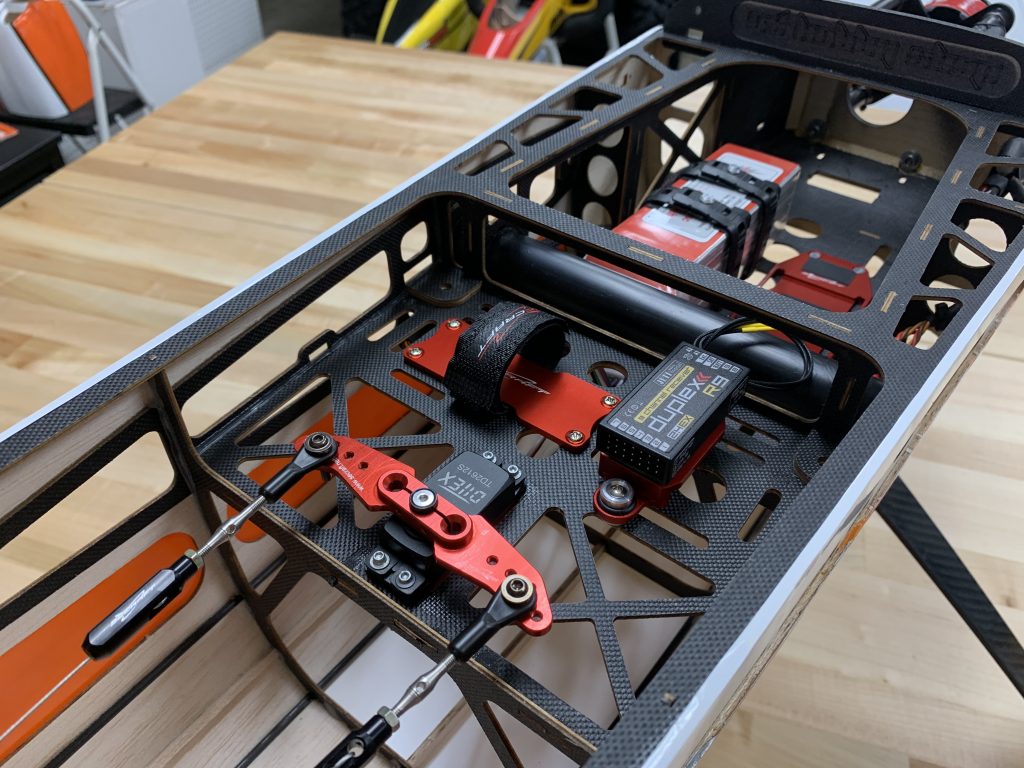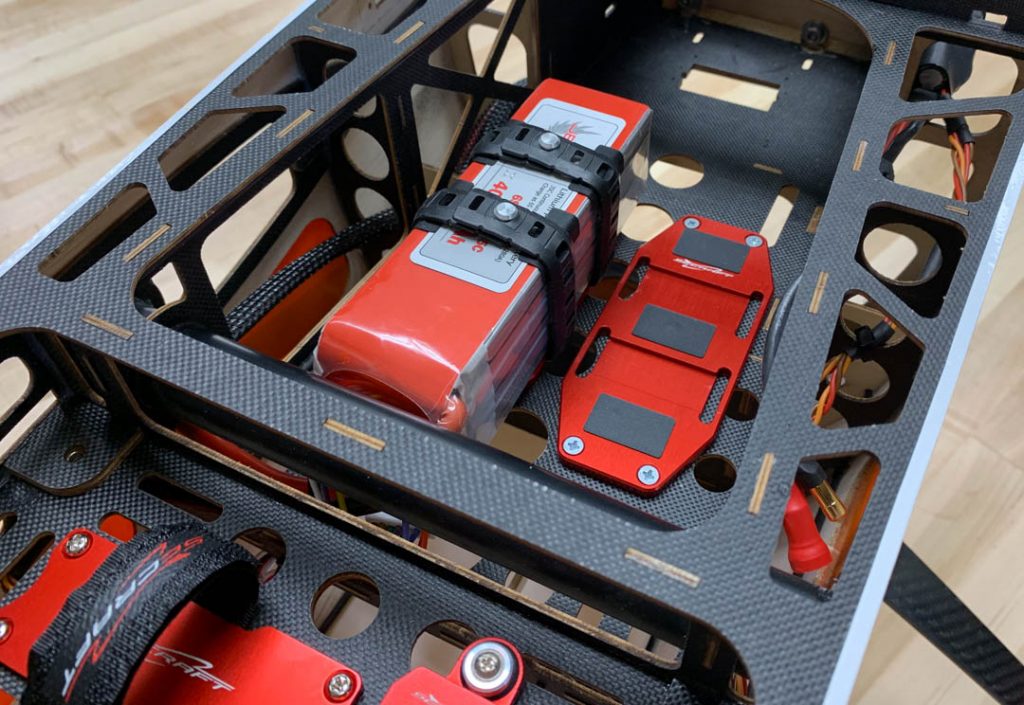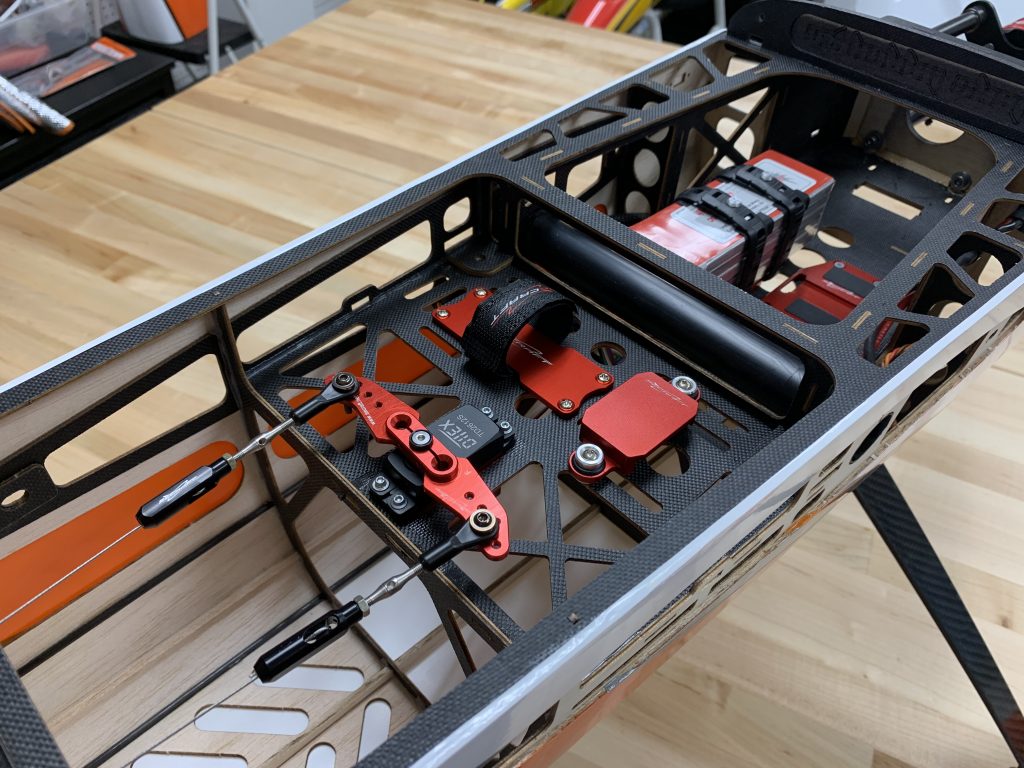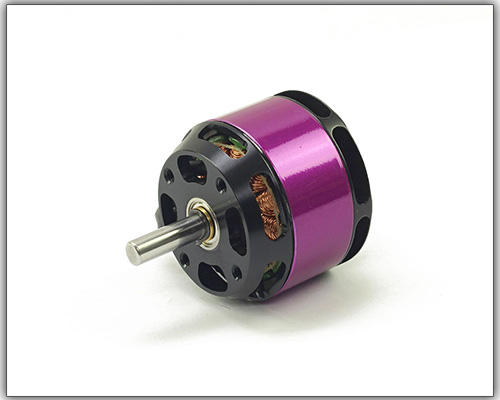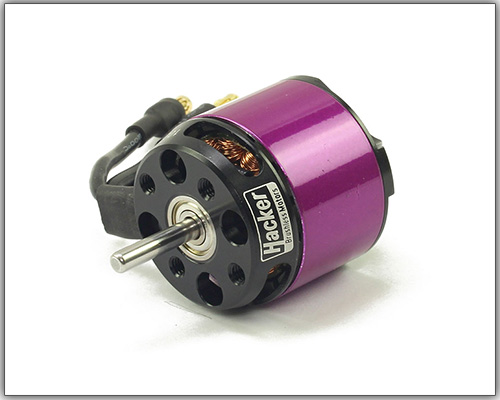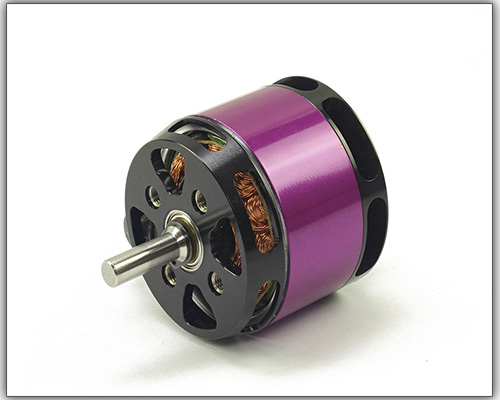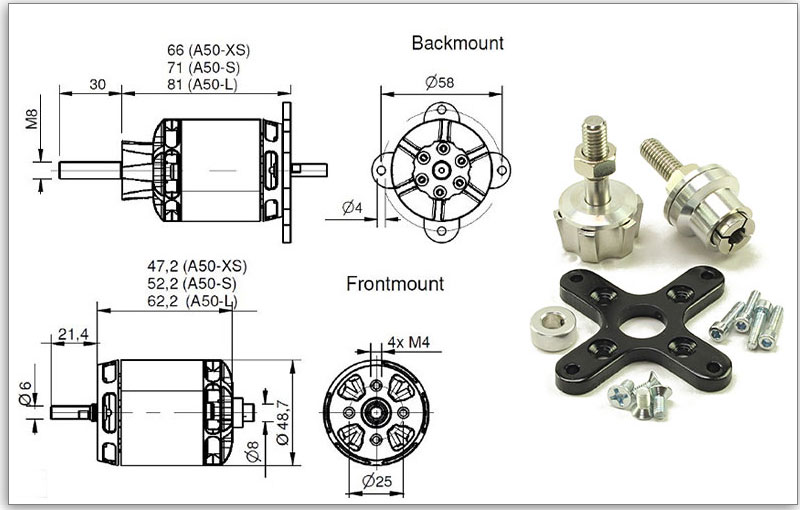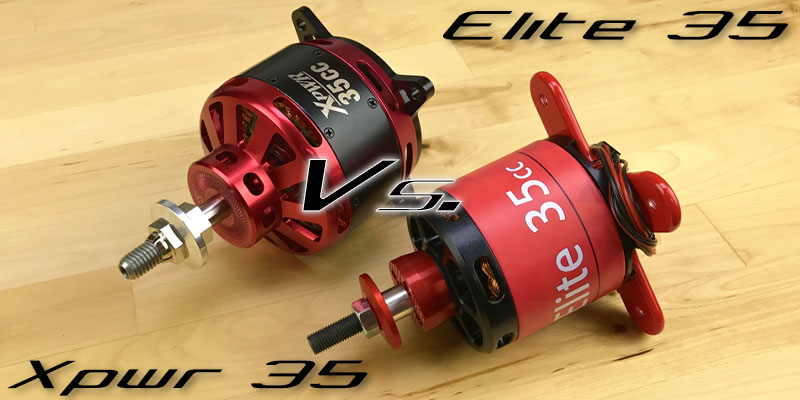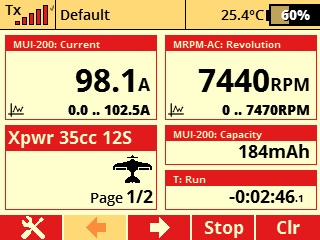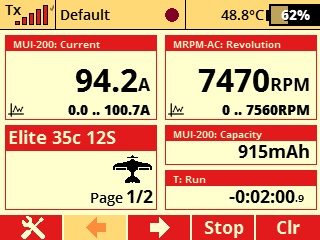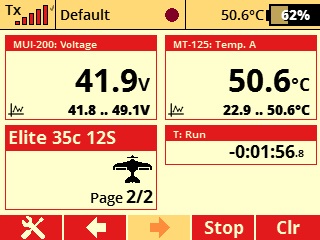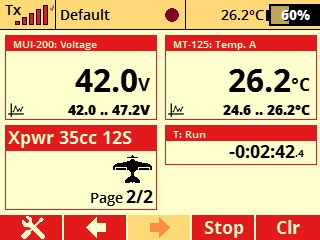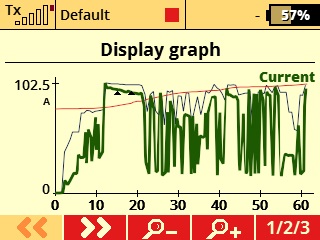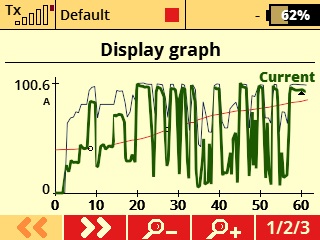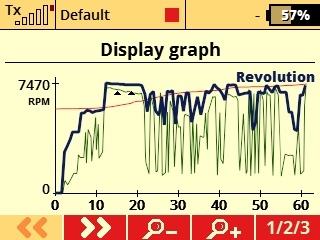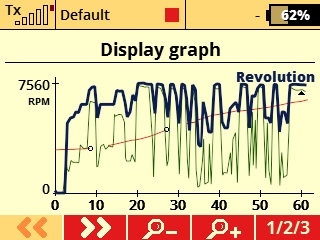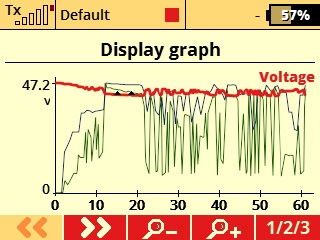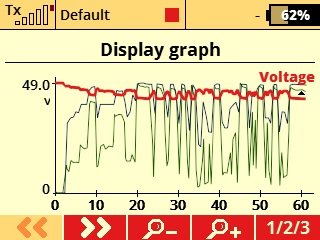Time To Get Up and Running!
When it comes to setting up an aircraft, there are a lot of aspects to consider. One of those is going to be how to power your aircraft. There are a few options for powering your aircraft; you can fly with an internal combustion engine (such as glow, petrol, and turbine) or an electric motor. Let’s take a broad look at the different options.
An internal combustion system is going to operate with four basic components. One, a fuel source. This can be glow fuel – or nitro fuel – which is a mix of nitromethane, methane, and an oil, a petrol based fuel (such as gasoline or diesel), or a kerosene based fuel for turbine engines. Your fuel source will need to be kept in a fuel tank. Two, you will need the appropriate engine based on the type of fuel you wish use. Three, you will need fuel lines to connect the fuel source to your engine. Four, you will need the proper ignition system. Each type of engine has their own ignition system. We will keep that lesson for another segment.
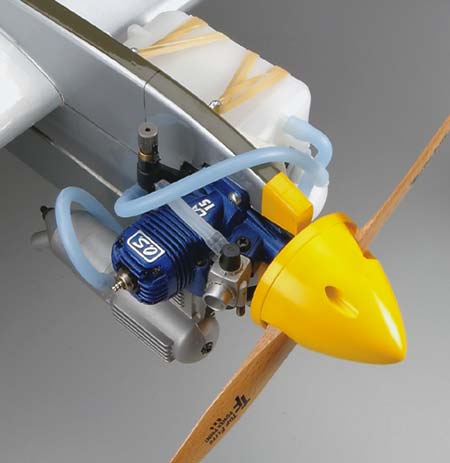
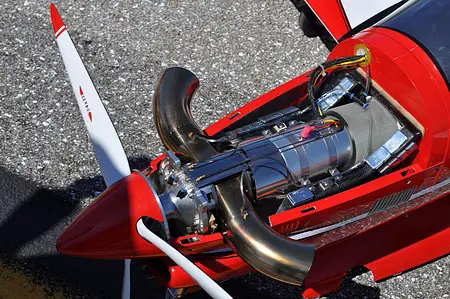
The other option for powering your aircraft is to use an electric motor configuration. An electric configuration is typically easier to setup and maintain – just charge your batteries! The basics of an electric setup include your motor, an electronic speed controller, and your flight batteries. Again there are multiple types of motors and ESC’s (electronic speed controllers) to choose, but we will get into more detail in another segment as well.


